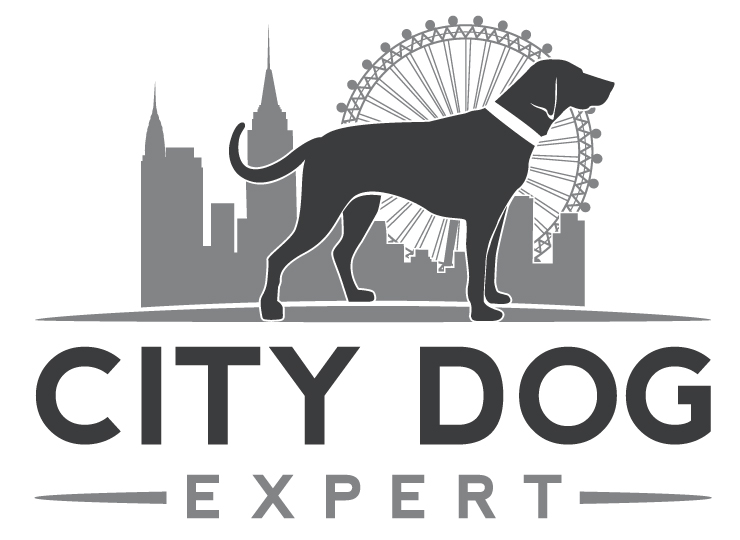
1. Avoid busy periods
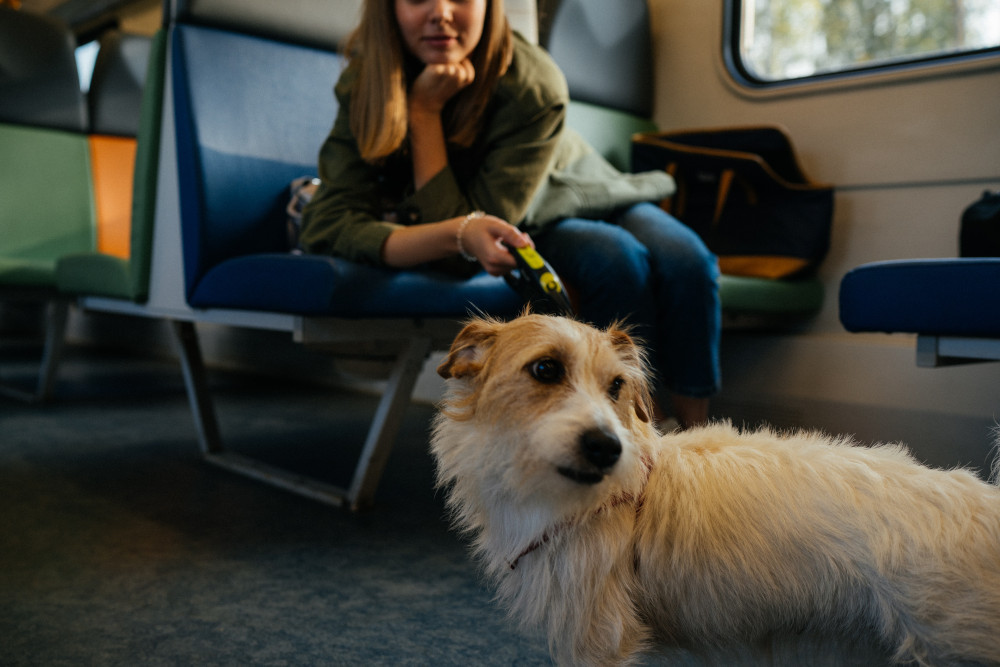
Always try to avoid travelling in busy periods like rush hour, especially when there are train strikes. Even if you think your dog is fine travelling on public transport, busy periods will be overcrowded and can be stressful for your canine companion. You are also much less likely to find a seat, which can be problematic as your dog won’t have any access to space. This can be an issue for a number of reasons, from your dog being easily stepped on by accident to people reaching out to stroke your dog without permission. This can be particularly stressful for your dog if it doesn’t like to be touched by people that they are not familiar with, or is easily frightened.
2. Familiarise your four-legged friend

Before even attempting to take your canine companion with you on public transport, you should take some steps to make your chosen mode of transport familiar to your dog. If you’re wanting to take your dog on a tram, for example, try sitting with your dog on the platform without going anywhere, this will allow them to take in the different sounds, vibrations and sights of the environment. By doing this, your dog will become desensitised to the environment and when it comes to going on your journey, they won’t feel as overwhelmed or scared.
3. Begin with short journeys
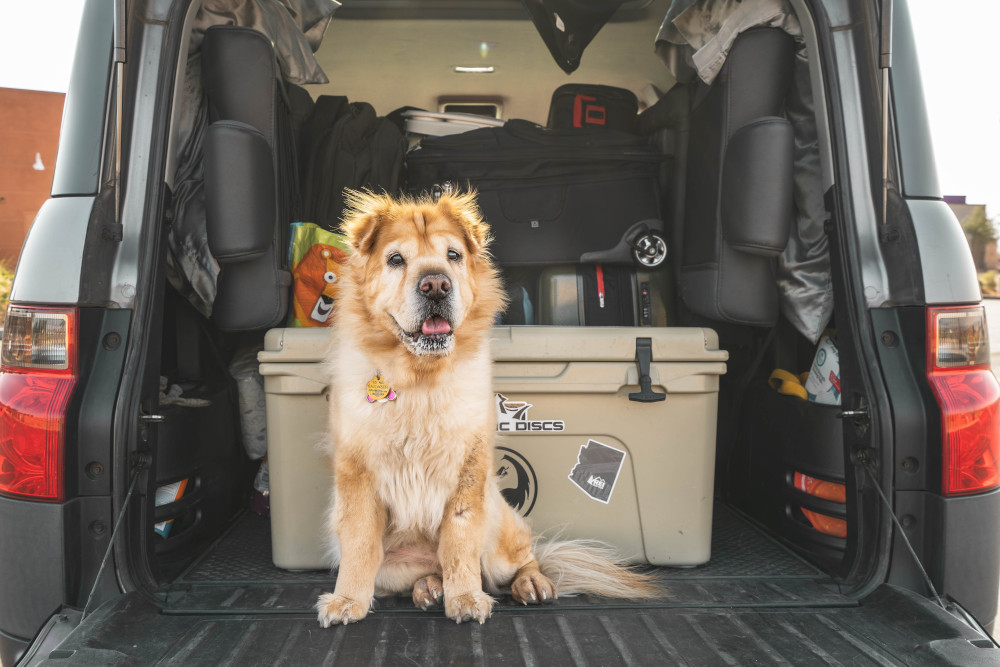
Start by taking short trips with your dog on public transport, this can simply be a couple of stops or a quick 15-minute journey. Doing this will help your dog get accustomed to the movement of the transport, alongside the sights, sounds and people that they are likely to encounter on the trip. This can prepare your canine companion for what to expect when you are taking a longer journey together.
4. Make sure you’ve got the basics nailed down
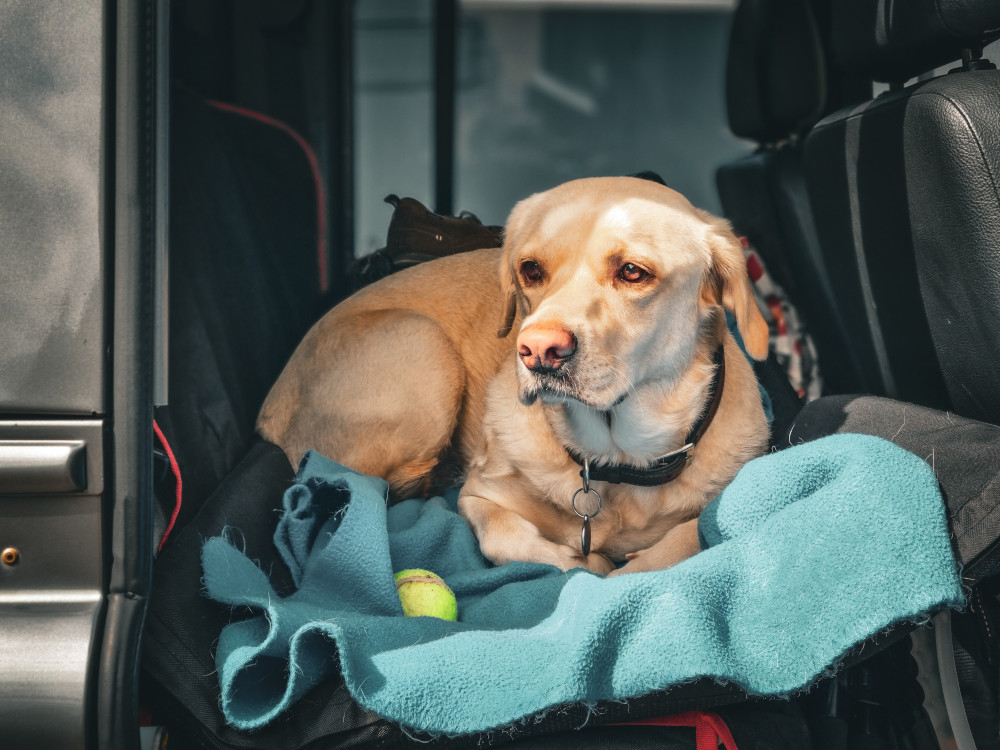
If you plan to take your dog on public transport, it’s important that you have the basic commands mastered like sit, stay and settle. As there are likely to be a number of other people using your chosen mode of public transport, it will help if you can keep your dog calm and settled during the trip to avoid any disruption.
5. Positive association
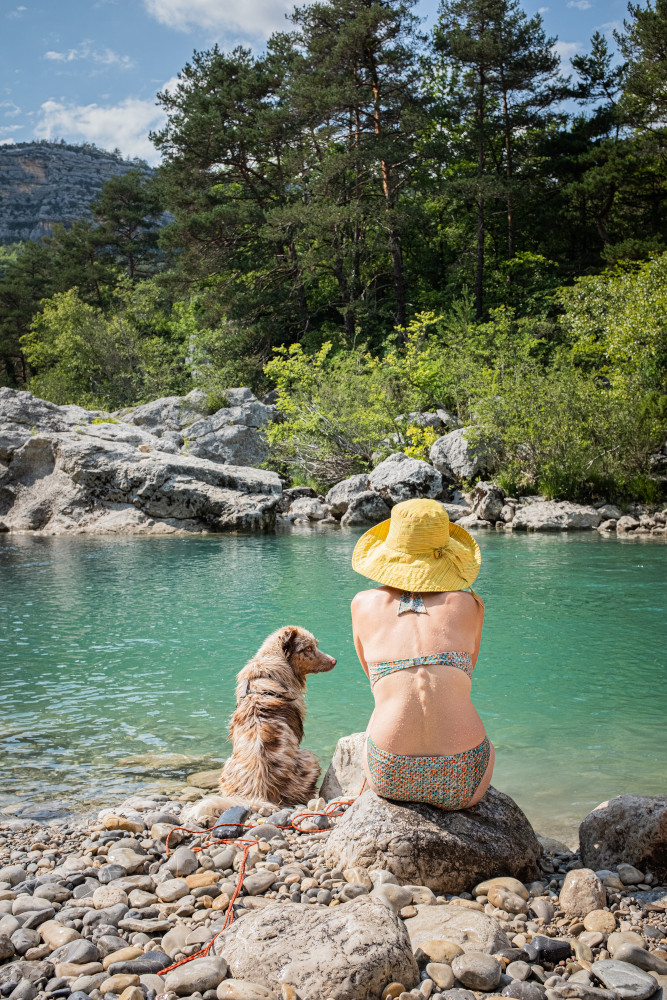
A great way to help your dog adjust to using public transport and see it as a positive thing is by bringing along their favourite treats or their most-loved toy. You should reward your four-legged friend for good and calm behaviour on your trip, as this will create a positive association with going on public transport.
6. Keep calm

Dogs are very in tune with your emotions and can pick up on signs of any stress or worry. That’s why it’s essential that you remain very calm and relaxed during your journey to reassure your dog that everything is okay. One of the main stressors when catching public transport is being late or having to rush to be there on time. You can take steps to avoid this by allowing plenty of time for your journey.
7. Make it a regular occurrence
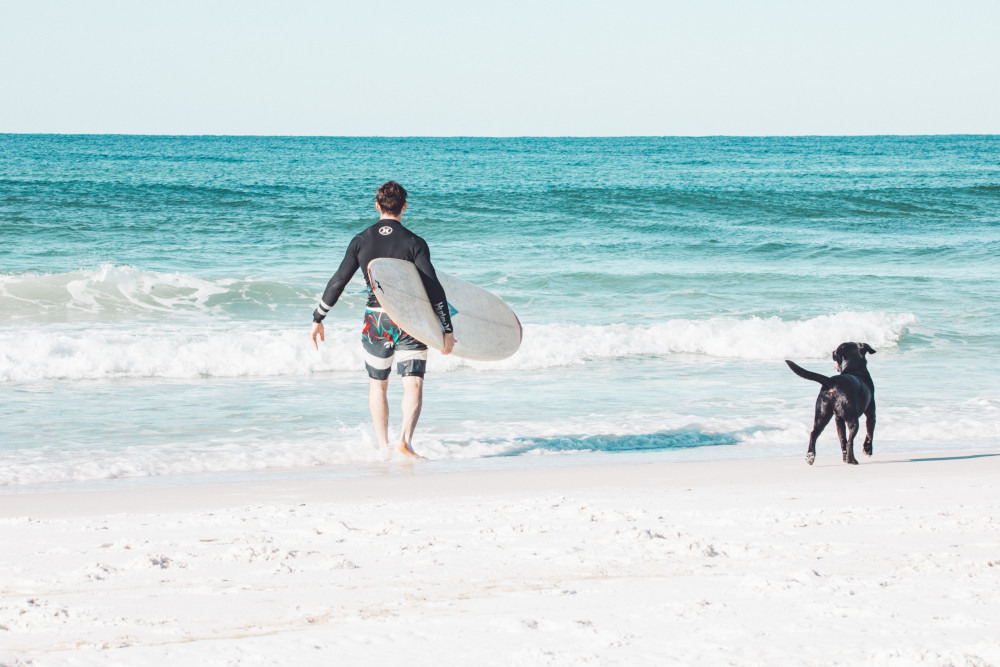
It’s well known that dogs are an animal that loves routine, which is why the more you travel on public transport with them, the more accustomed they will become to travelling. If you plan on taking longer trips in the future, it’s a good idea to take regular, small journeys to help them get used to being your travelling companion.
8. Ensure your dog’s needs are met

Before heading out on a journey via public transport, it’s important to make sure that your dog is feeling comfortable and has had all of their needs met. This can include taking them out on a walk to get some exercise beforehand, making sure that they have had time to go to the toilet, and ensuring they are hydrated.
9. Prevent travel sickness
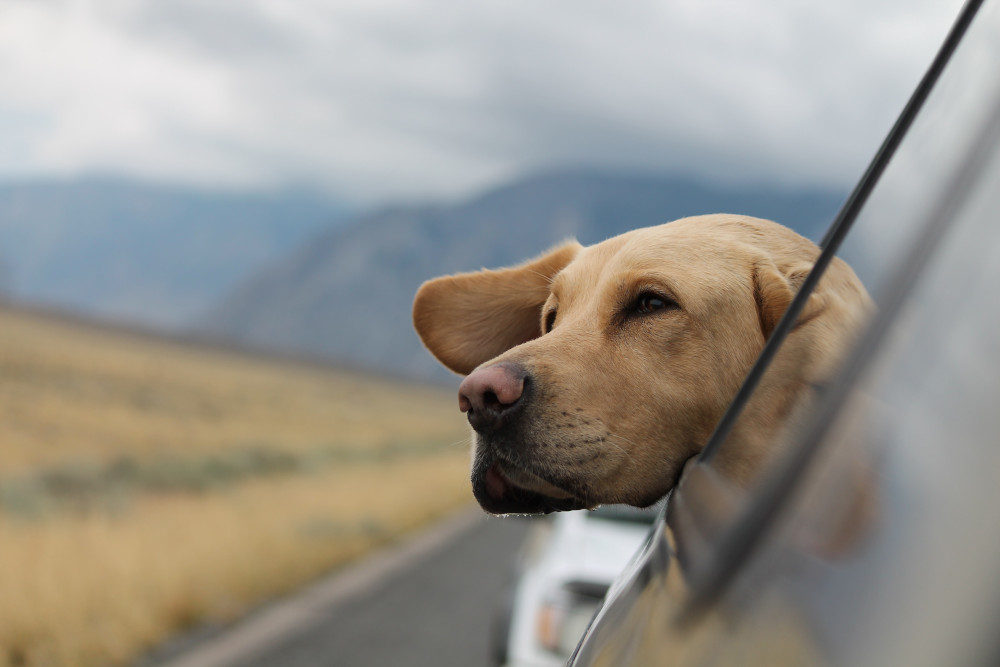
Whichever mode of transport you are planning to take your canine companion on can sometimes, unfortunately, cause travel sickness. In an attempt to prevent this, it’s best to feed your dog at least an hour before travel, as travelling soon after eating can cause stomach upset for your four-legged friend.
10. Be prepared
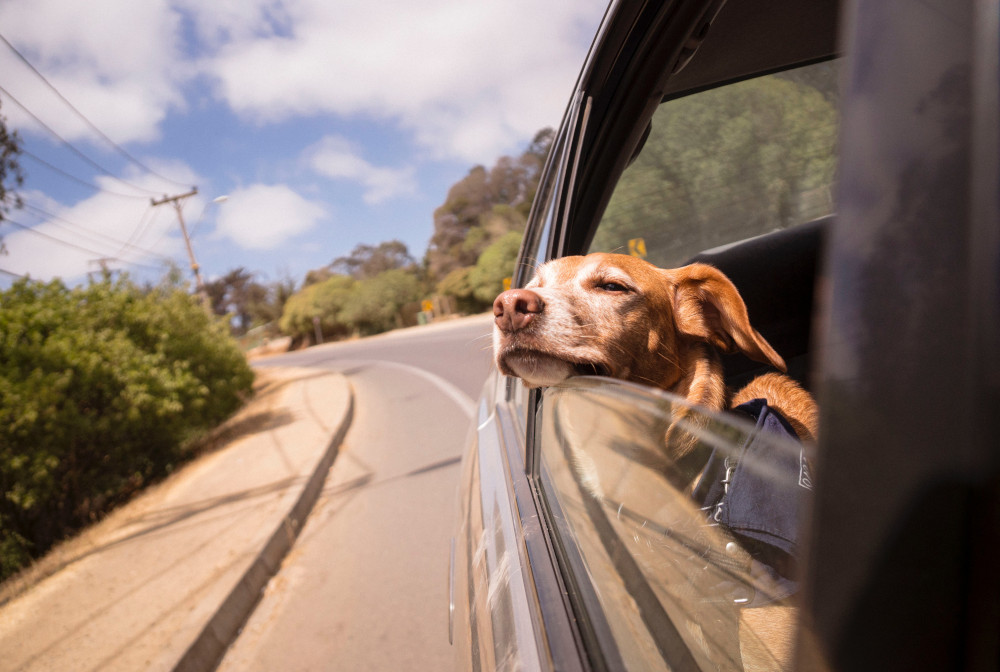
If your journey is likely to be longer than half an hour, it’s best to be prepared and have plenty of your dog’s comforts to hand. You can bring along a blanket, bed or carrier that your dog can settle in, a toy to keep them entertained (ideally not a squeaky one for the sake of other passengers), some treats and water, and of course an essential to always have to hand – poo bags.